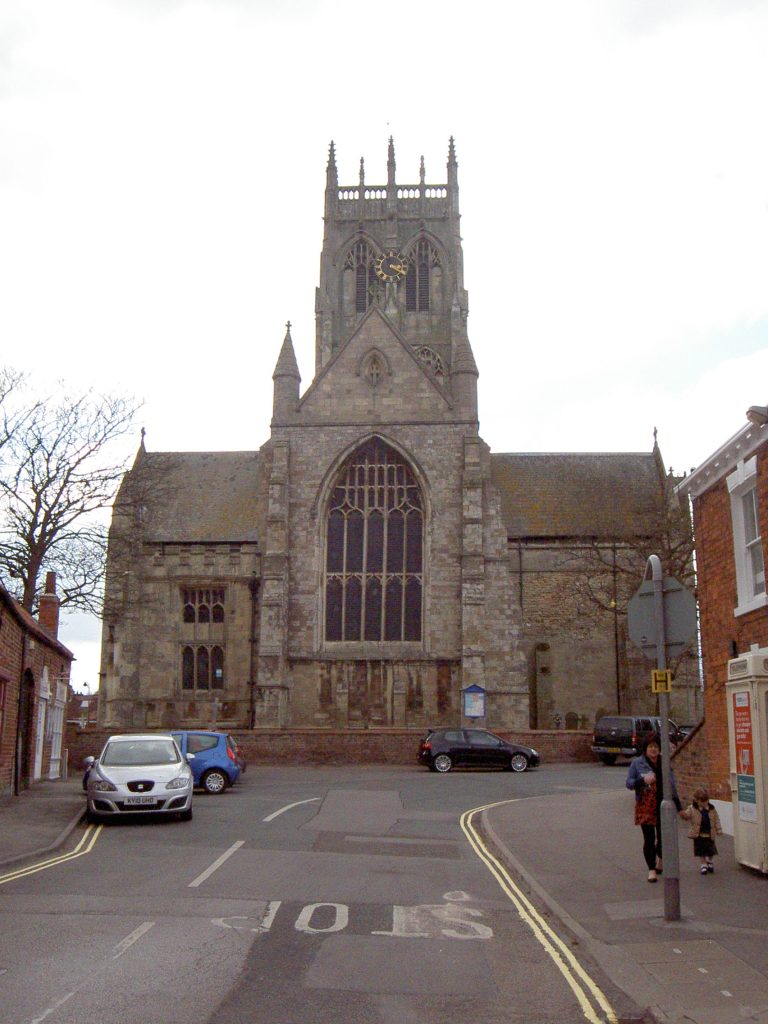
Hedon is/was the one town of Holderness (Withernsea and Hornsea were certainly villages up until the coming of their railways, now long gone, they remain as small towns with their secondary schools each having a considerable proportion of students from the surrounding rural area). Hedon, like Barton, was a medieval new town created by Lords of Holderness in the early 12th century. In the town centre parallel north-south streets are evidence of its origins as is the majestic parish church, for much of Hedon’s history out of proportion to the town’s population. St. Augustine’s (east end see above) followed close on the heels of the town’s beginning with much of the building dominated by the Early English style of architecture. Although centuries older, Barton exhibited similar features in the form of grid-plan streets running east-west and two fine early medieval churches, St. Peter’s with some surviving late Saxon architecture and St. Mary’s with part of its architecture roughly contemporary with St. Augustine’s. At the time of Hedon’s creation Barton had been the principal Humber port for some centuries.
Hedon’s establishment and the canalisation of an existing small Humber tributary to create Hedon Haven went hand-in-hand. The Lord’s plan was for Hedon to be the port from which agricultural produce grown in Holderness could be shipped and luxury goods and other foodstuffs shipped in. Indeed the port got off to a good start leading to the town gaining a royal charter in the 1170s. However it was to be the the small outport of Beverley, Wyk on Hull and Ravenser Odd that were to flourish by the 14th century (although the ascendancy of the latter was to be short-lived) while the trade of Hedon stagnated.
The coming of the Hull – Hedon turnpike, 1830 – 1881, and the Hull – Withernsea railway, 1850s – 1960s, led to the population of Hedon expanding as a commuter settlement, which it remains.